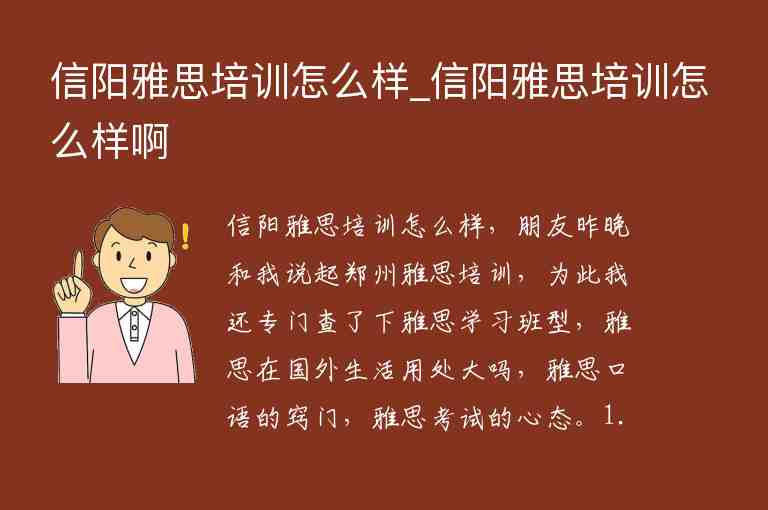baneberry是一种多年生草本植物,属于毛茛科植物。它的果实有毒,可以导致中毒甚至死亡。因此,它也被称为“毒茛子”。
Baneberry is a perennial herbaceous plant belonging to the buttercup family. Its fruits are poisonous and can cause poisoning or even death. Therefore, it is also known as "poisonous buttercup".
怎么读(音标)
[beyn-ber-ee]
用法
作为名词,baneberry指的是一种植物,也可以指其果实。它通常生长在北半球温带地区的森林或林缘地带。由于其具有毒性,一般不建议将其种植在家庭花园中。
例句1-5句且中英对照
1. The bright red berries of the baneberry plant may look tempting, but they are highly toxic.
这种亮红色的茛子植物的浆果看起来可能很诱人,但它们是非常有毒的。
2. The baneberry plant is often mistaken for edible berries, causing accidental poisonings.
人们经常会把茛子植物误认为可食用的浆果而导致意外中毒。
3. Baneberry has been used in traditional medicine to treat certain ailments, but its toxicity makes it a risky choice.
茛子曾被用于传统药物治疗某些疾病,但其毒性使得它成为一个冒险的选择。
4. The leaves of baneberry are deeply divided and have a glossy appearance.
茛子的叶子深裂,具有光泽的外观。
5. In some cultures, baneberry is considered a symbol of danger and is avoided at all costs.
在某些文化中,茛子被视为危险的象征,人们会尽一切努力避免接触它。
同义词及用法
1. Doll's-eyes: 这是baneberry植物最常用的别名,因为它的果实看起来像是洋娃娃的眼睛。
2. Red baneberry: 这是baneberry植物最常见的形容词,指其鲜艳的红色浆果。
3. White baneberry: 指baneberry植物中产生白色浆果的品种。
4. Cohosh: 这个词可以指任何具有毒性的茛科植物,包括baneberry。
5. Poisonous buttercup: 与baneberry相同,这个名字也强调了该植物具有毒性。
编辑总结
作为一种多年生草本植物,baneberry具有毒性,并且其果实可以导致中毒。因此,在野外或家庭花园中遇到它时,应当避免接触。尽管它具有毒性,但在传统医学中仍有一些用途。因此,在使用任何草药时,都应该谨慎并咨询专业医生的建议。总的来说,baneberry是一种需要小心对待的植物,它提醒我们在野外或家庭花园中要小心认识植物,并避免误食导致意外中毒。

